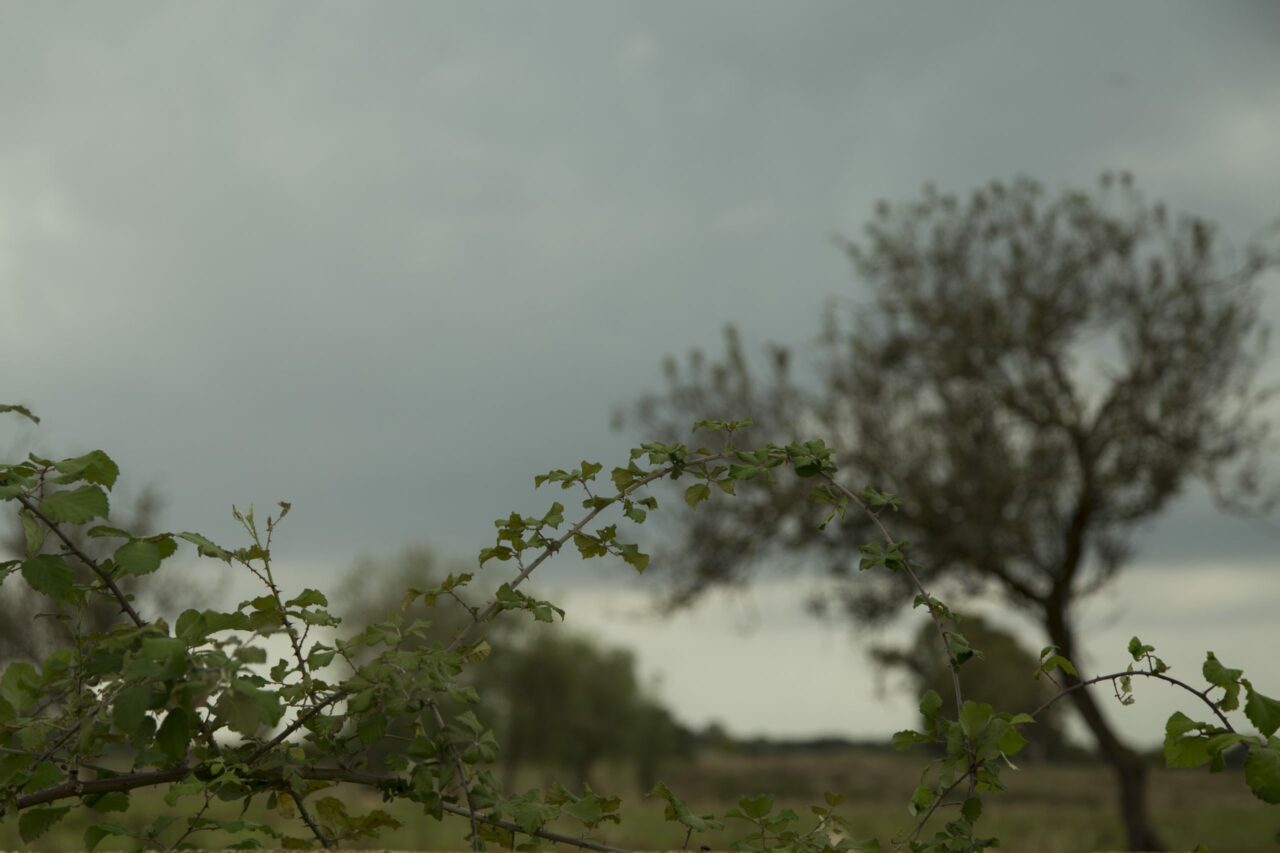Cart
13
Quantity
4,00 €
Quantity
22,00 €
Quantity
5,00 €
Quantity
5,00 €
Quantity
18,00 €
Quantity
16,00 €
Quantity
5,00 €
Quantity
4,00 €
Quantity
5,00 €
Quantity
5,00 €
Quantity
4,00 €
Quantity
12,00 €
Quantity
5,00 €
Product You May Also Like
Payment details
Sub Total
157,00 €
Shipping
Free!
Total
157,00 €
Apply

 Fennel Taralli
Fennel Taralli
 Olio d'Oliva E.V. 500 cl.
Olio d'Oliva E.V. 500 cl.
 Raisin Wheat Orecchiette
Raisin Wheat Orecchiette
 Strong Haiku
Strong Haiku
 Nula
Nula
 Sciana
Sciana
 Maccheroni Pasta
Maccheroni Pasta
 Hot Pepper Taralli
Hot Pepper Taralli
 Blonde Haiku
Blonde Haiku
 Sagnette Pasta
Sagnette Pasta
 Classic Taste Taralli EVO
Classic Taste Taralli EVO
 Olio d'Oliva E.V. 250 cl
Olio d'Oliva E.V. 250 cl
 Orecchiette Pasta
Orecchiette Pasta
















Leave a comment